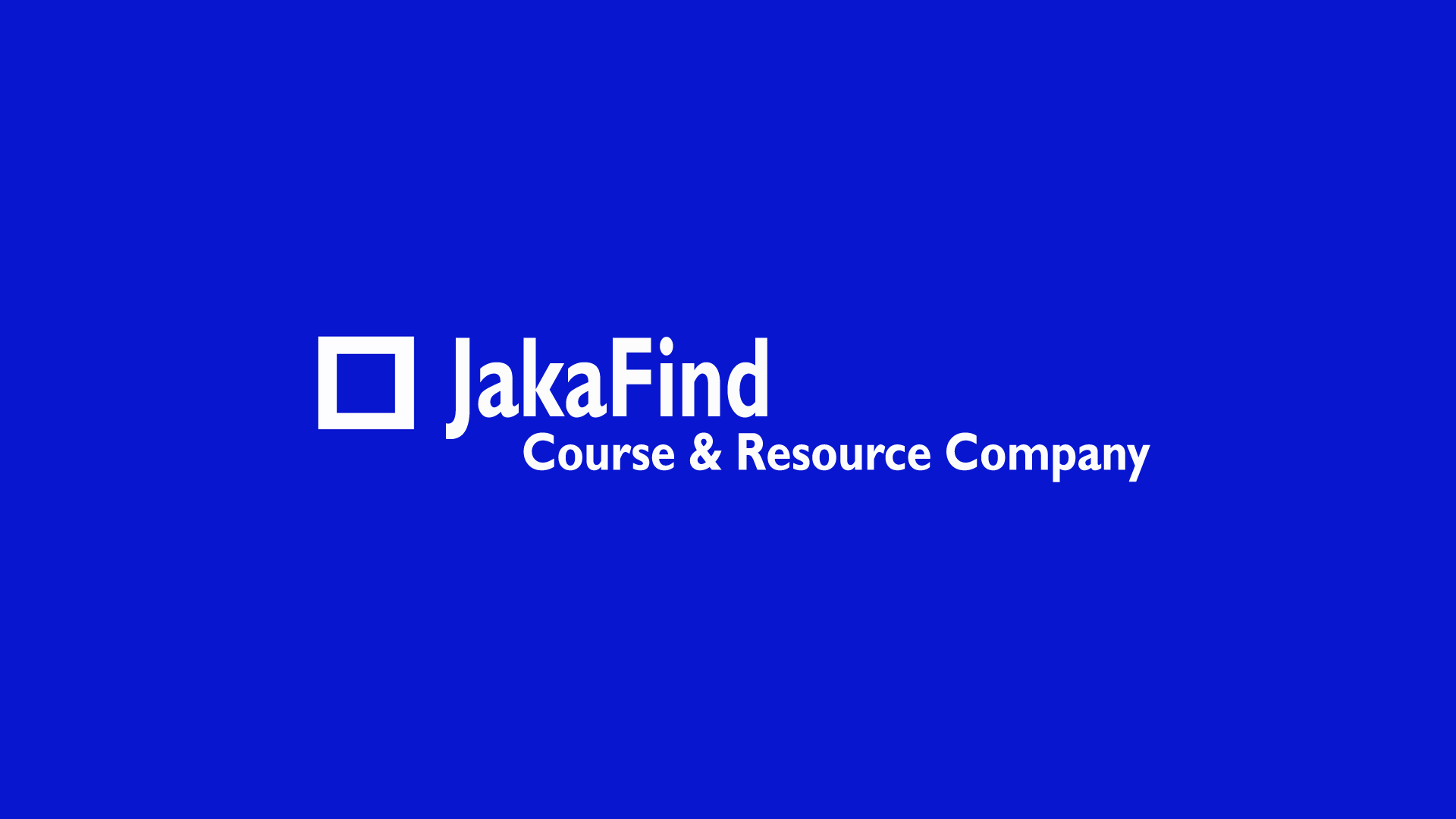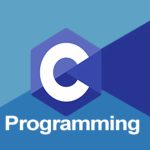Requirements Elicitation Technique
Techniques for gathering requirements:
01. Stakeholder Analysis 02. Brainstorming 03. One On One Interview 04. Group Interview 05. Document Analysis 06. Focus Group 07. Interface Analysis 08. Observation Social Analysis 09. Prototyping 10. Facilitated sessions 11. Joint Application Development (IAD) 12. Questionnaire 13. Survey 14. Use cases and scenarios (UCD) 15. Reused Requirements 16. Request for proposals ( RFPs) 17. Reverse Engineering
01. Stakeholder analysis identifies Benefits
Stakeholder analysis identifies all the users and stakeholders who may influence or be impacted by the system.
This helps ensure that the needs of all those involved are taken into stakeholders are taken into account.
Benefit:
Ensures that all relevant stakeholders are considered.
All important stakeholders are captured, and yet that irrelevant actor are not included.
Drawbacks:
There is a danger that too much time is spent on identifying roles and relationships, and the team is swamped with data.
02. Brainstorming
It is utilized in requirements elicitation to gather good number of ideas from a group of people.
Usually brainstorming is used in identifying all possible solutions to problems and simplifies the the brainstorming detail of opportunities. It casts a broad session net determining various discreet possibilities.
Basic Rules:
1. Start out
2. Generate as may
3. Let your imagination soar.
4. Do not allow criticism or debate while you are gathering information.
5. Once information is gathered, reshape and combine ideas.
Benefits
Generate a variety of ideas in a short time.
Produce new and creative ideas
Risk
1. The risk of having a bad session.
2. Making stuff scared to voice their ideas because they were criticized in the session.
3. Problems normally occur if you only use traditional brainstorming technique.
03. One On One Interview
The most common tec nique for gathering requirements is to sit down with the clients and ask them what they need. The • Privacy of everyone discussion should be planned • in-depth a stakeholder’s out ahead of time based on the type of requirements you’re thoughts and get his or king for her perspective
Risks & Drawbacks
• Time Consuming
• Misunderstandings
04. Group Interview
If there are more then one person during interview usually 2 or 4 these people must be on • we can get hidden requirements
some level must be on some level • uncover a richer set of less time required requirements in a shorter period of time
• Uncover ambiguities
• Not relaxed environment
• Conflicts
• The allotted time have been exhausted
05. Document Analysis
Do you Analysis is an important gathering technique.
Evaluating the documentation of a
• validating the requirement present system can assist when completeness. making AS-1S process documents ▪ Chunks of information are mostly and also when driving the gap buried in present documents analysis for scoping of the • A beginning point for documenting all current requirements. migration projects.
▪ Time Consuming
▪ Conflicts
▪ Exhausted
• Not Found Real Figures
06. focus group
A focus group is actually gathering of • Managed process with particular people who are customers or users participants
• refine and validate the already representatives for a product to gain its elicited requirements
feedback. The feedback can be collected • Allows analyst to rapidly obtain a about opportunities, needs, and wide variety of user views and possibly a consensus.
problems to determine requirements or it can be collected to refine and validate
the already elicited requirements. • following the crowd and some
people think that focus groups are at best unproductive
• end up with is with least common denominator features.
• Recruitment effort to
• Assemble groups. Dominant participants may influence group disproportionately
07. Interface Analysis
Interface for any software product will either be human or machine.
Integration with external devices and systems is another interface. The
user centric design approaches are quite effective to ensure that you make usable software. Interface analysis- analyzing the touch points with another external system- is vital to ensure that you do not overlook requirements that are not instantly visible to the users. requirements that are not instantly visible to the users.
08. Observation or Social Analysis
Social analysis is also know s
Observation. Observation is the method
of collecting requirements by observing • The ability to record and
report all findings that are
the people doing their normal work. true
This method is generally used to find the • it is more practical
additional requirements needed by the • no long calculation has to be
user, when the user is unable to explain done
their expected requirements From the
new product and problems with the Risks & Drawbacks
existing product • The viewer’s or researcher’s
own perception
▪ few trials/studiesJor objects
observed to make an end
conclusion
• results may contain human
error
09. Prototyping
Prototyping is a relatively modern technique
for gathering requirements. In this approach, • prototypes can be ideal
you gather preliminary requirements that you reduce design risk
use to build an initial version of the solution ▪ it is more practical
a prototype. You show this to the client, • Screen mock-ups
who then gives you additional requirements. • Using animation tools
You change the application and cycle around • provides an understanding
with the client again. This repetitive process of functionality
continues until the product meets the critical
mass of business needs or for an agreed
number of iterations.
• takes time to build
• more costly to build
• false sense of security
10. Facilitated sessions
in a facilitated session, you bring a larger
group (five or more) together for a common
purpose. In this case, you are trying to gather
a set of common requirements from the group ▪ Less Time
in a faster manner than if you were to ▪ Reach Group Of People
interview each of them separately. • Brainstorming sessions
(virtual or face-to-face)
• More Expensive
• need for extra facilities
to allow for group work
etc
• Handouts, readings
n..■•■Aite— – – _
11. Joined Application Development
12. Questionnaire
Questionnaires are much more informal, and
they are good tools to gather requirements
from stakeholders in remote locations or
those who will have only minor input into the • Less cost
overall requirements. Questionnaires can also • Reach Large No of People-,
be used when you have to gather input from • The responses are gathered
dozens, hundreds, or thousands of people. in a standardized way
Nc-
MOW 13.0011Wri rillgrAWOC TO1 n PFOIPIA %ISO UM AS.- x,,,,
4.11. NM imry No sa al
mipmmr Li imp…1=1 mr.iss.
❑ 0 0 0
Q 0 0 0 • Difficult filling for users
0 0 ❑ ❑
0 0 ❑ ❑ • participants may forget
❑ 0 ❑ ❑
0 0 ❑ ❑ important issues
❑ 0 ❑ ❑
❑ ❑ ❑ 0 • Stockholders may not be
0 0 0 0 willing to answer the
0 0 0 0
D 0 0 0 questions
0 ❑ ❑ 0
0 0 0 0
13. Survey
When gathering information from many
people: to many to interview with time
constraints and less budget: a questionnaire s Less cost
survey can be used. The survey insists the * Reach Large No of
users to choose from the given options agree Peoples
disagree or rate something. Do not think that
* A detailed critical
you can make a survey on your own but try to inspection
add meaningful insight in it. A well designed
survey must give qualitative guidance for
characterizing the market. It should not be
utilized for prioritizing of requirements or
features. * Difficult filling for users
▪ participants may forget
important issues
* Stockholders may not be
willing to answer the
questions
Difference between questionnaire
and survey?
The Oxford dictionary defines them as quoted below:
sumer
1 aiming view, cominatkm. or clescrilptkin. a an imrestiiptkm of the
opinions or =pajama of a group of pnde, based on a. series of iwinii:icm
an act of sunning. 4 a map or report obtained by surveying.
(mmtkonnaire:
noun a set of primmd questioru4 usual4rwiti h a comae &answers, devised for a survey or stitbolud. study.
a survey or stitbolud. study.
14. Use cases and scenarios
Use cases are basically stories that describe
how discrete processes work. The stories
include people (actors) and describe how the
• provide the best return on
solution works from a user perspective. Use invested effort
cases may be easier for the users to articulate. • explain how that system will
although the use cases may need to be be implemented
distilled later into the more specific detailed • Each use case provides a set
requirements. of scenarios that convey how
the system should interact
A..
tom. • Poor identification of
1..poirww. 4….muir.• structure and flow
olhpr.r. .
11411vadoe
• Time-consuming to generate
• Scenario management is
difficult
15. Reused Requirement
In the field of software engineering
reusing the requirements of the
existing system is common method of
requirements elicitation. Using the • Reused requirements
existing knowledge to develop the are already validated
new product has many advantages and analyzed thus
that include low cost and less time. reducing the time of
Though each product has their own testing
type of stake holders and users, there
is still number of situations that theRisks & Drawbacks
reusing of the requirements take
places • Some time proposed
product is completely
different form the
existing product

Thank You!



Leave a Reply